ECG Video Blog #408 (392) — 20 Minutes Later.
Ken Grauer, MD
DECEMBER 15, 2023
== CLICK HERE — for a V ideo presentation of this case! ( 18:00 min. ) Below are slides used in my video presentation. For full discussion of this case — See ECG Blog #392 — == The ECG in Figure-1 was obtained from a man in his 60s — who described the sudden onset of "chest tightness" that began 20 minutes earlier, but who now ( at the time this ECG was recorded ) — was no longer having symptoms.













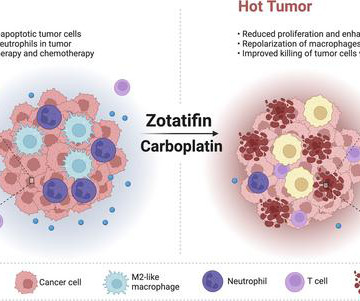

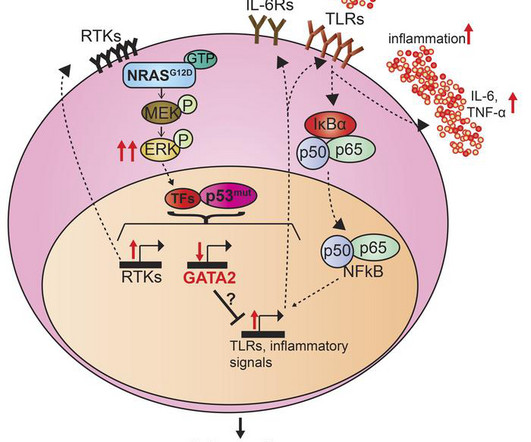

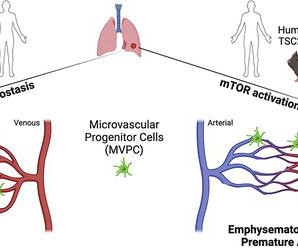








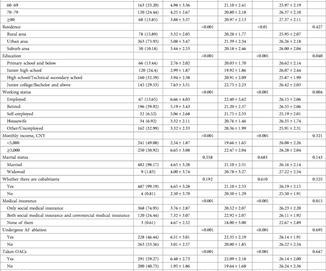


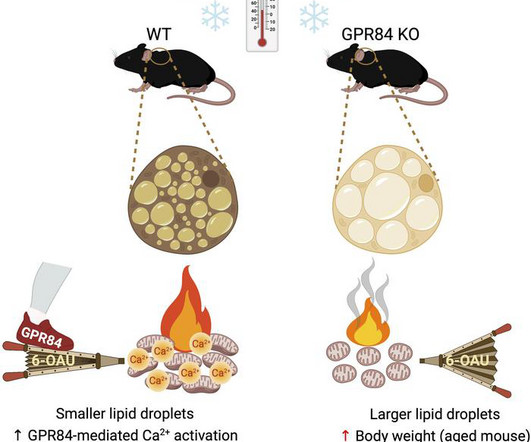

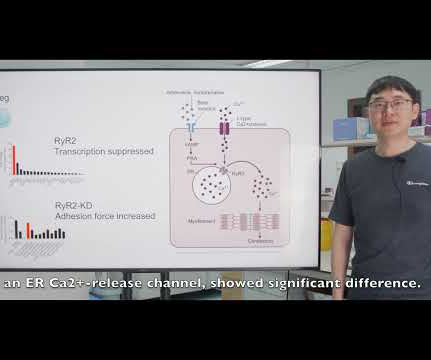

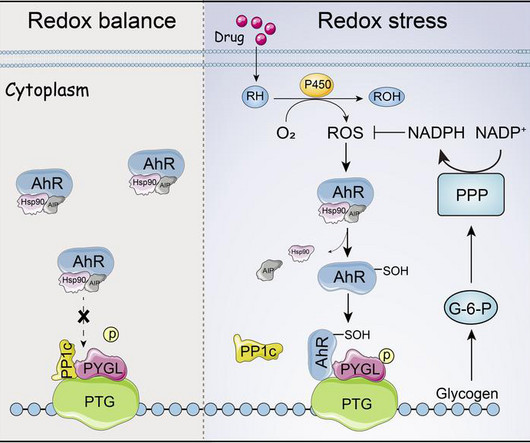



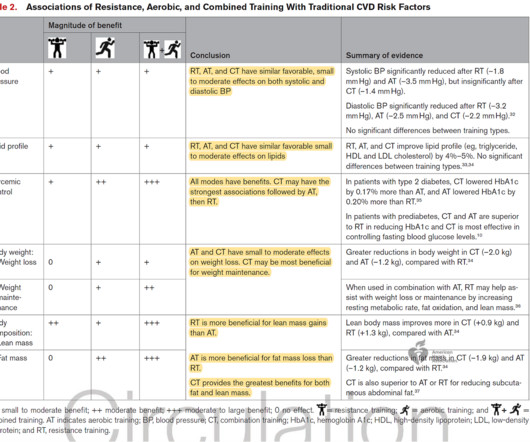






Let's personalize your content